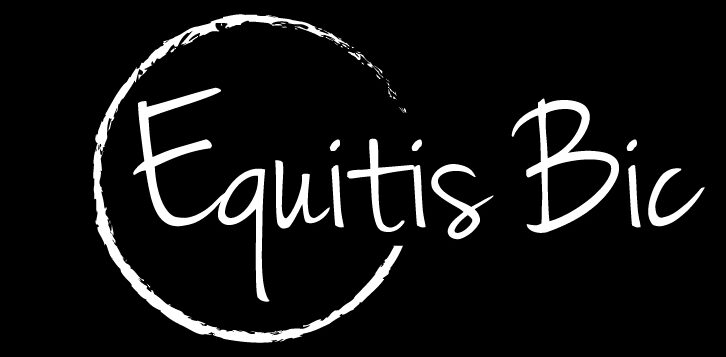Context

When you awaken from a dream it’s only natural for you to want to know what the symbols in your dream means. One of the most common methods of trying to find answers is to fire up Google or go to other dream websites such as Dreammoods, or Auntyflo. This method yields little success because dreamers don’t consider the context of the dream.
The Context of a dream refers to the setting and circumstances happening around the dream symbols. For example, a sharp knife in the context of a dark alley at midnight is quite a different thing than a sharp knife in a kitchen within the hands of Chef Gordon Ramsay. Context allows for the specific meaning of a symbol determined by setting and circumstances as well as identifies whether a dream symbol is positive or negative.
One of the first things I’ve learned about understanding dreams was to understand them in the correct context. I’ve interpreted around four thousand dreams and set the context for each one. In this blog I’ll teach you how to determine the context of your dreams which will help you to discover the correct meaning of your dream symbols.
What Determines Context?
In order to determine the context of any dream you must pay attention to the following:
- The Setting of the Dream
- The amount of Light vs. Shadows
- The Emotions of the Dreamer
- Who the Dream is About
The most crucial thing to do when you set out to determine context is who or what the dream is about. If you get that wrong being correct about everything else in the dream doesn’t matter.
How to Know if Your Dream is About You
You know if your dream is about you if the action of the dream points toward you. This means if a group of people singing “Happy Birthday” to you or if a single person speaks to you. If a dream person hands you something and speaks to you there’s a really good chance the dream is about you.
A good number of dreams you have (mid to high 90% range) will be about you, but it is possible to have a dream about others. If the action of the dream is moving away from you, toward another person or persons, or if you’re observing a scene or number of scenes and no one pays attention to you, the dream isn’t about you.
Context and Setting
Once you’ve determined who or what the dream’s about, move on to the setting of the dream. The setting of the dream is where it takes place. If your dream is set in or around a school the setting is a place of learning. On the other hand, if your dream is set in or around your childhood home the dream is set in the place you grow up in. Dreams have no limits or restrictions, so they can take place anywhere from the bottom of the ocean to the dark side of the moon.
The key in determining how the setting affects the context of your dream is to reduce it to it’s most basic definition. A house is a place you live, the living room is where the living happens, the kitchen is where things are prepared, the bedroom is a place of rest and intimacy, the bathroom is a place to clean up and a hallway is a place of transition. It takes some practice, but you can reduce any setting to its most basic meaning.
Context and the Emotions of the Dreamer
It makes sense that if a dream is about you, the dreamer, the emotions you experience within the dream are key in determining the context of your dream. This is crucial in figuring out wether your dream is positive or negative. The emotions of the dreamers work hand in hand with the other points of context to bring clarity.
Let’s say your dream takes place in a park at noon on a sunny day. The presumption is that the setting alone determines that this dream is positive. Yet, if you’re terrified in that setting your feeling of fear tells you that your dream is negative.
On the other hand, if you’re in a setting that promotes terror, such as a haunted house and you feel no fear there, it could indicate you’ve successfully overcome fear at that level.
The emotions of the dreamer are a key factor in determining a dream’s context and can reveal meaning of the dream that’s difficult to understand without considering your emotions.
The Amount of Light vs. Shadow
Light and shadow are important in determining the context of a dream, but as in the example above, it doesn’t stand alone. Still, they’re important to note.
When you see a lot of light and color in a dream it’s equivalent to life. Life requires light to survive and thrive. When the dream, however, is populated with shadow and darkness it indicates the presence of death. For more on light and darkness in dreams follow the links below.
Dimensions of Light
Darkness in a Dream
EB




